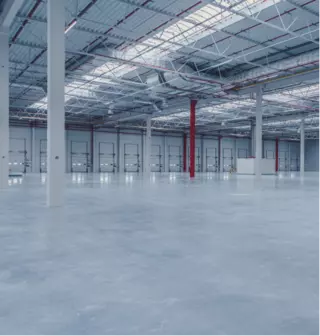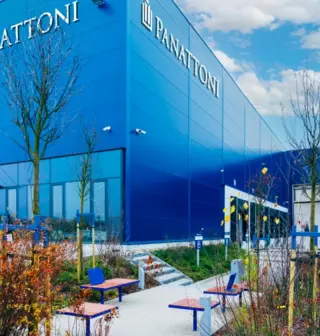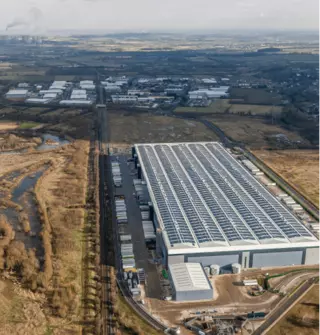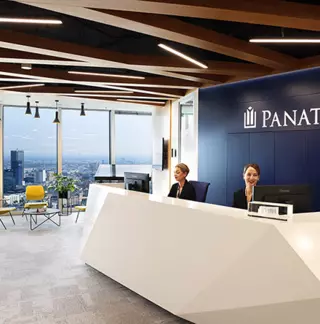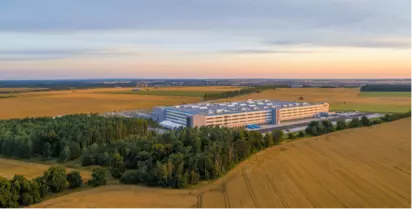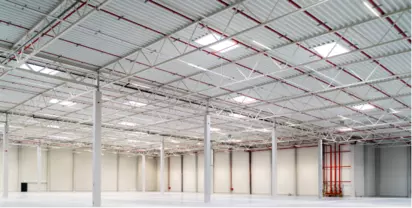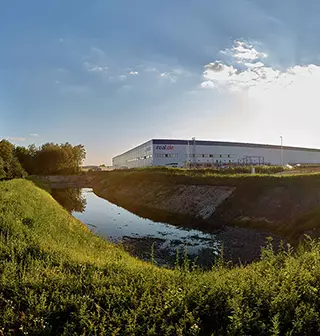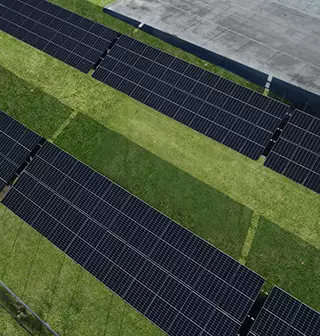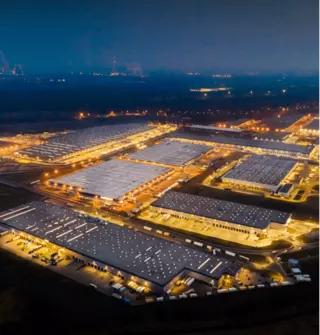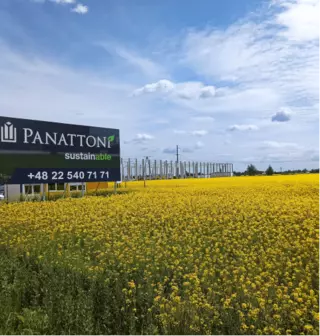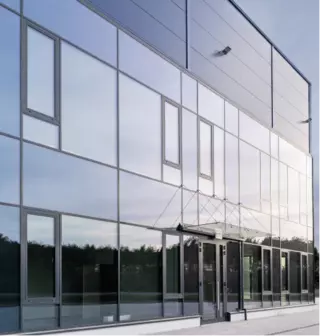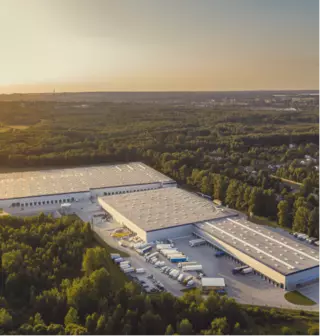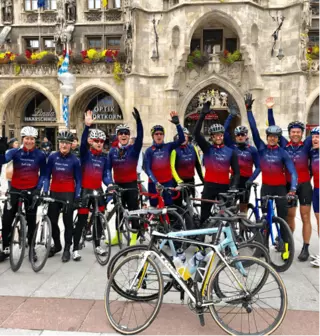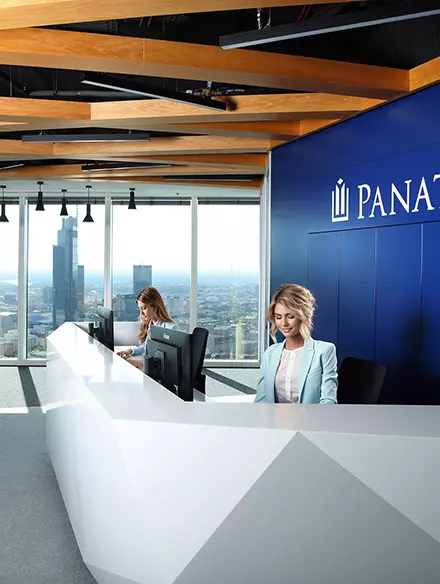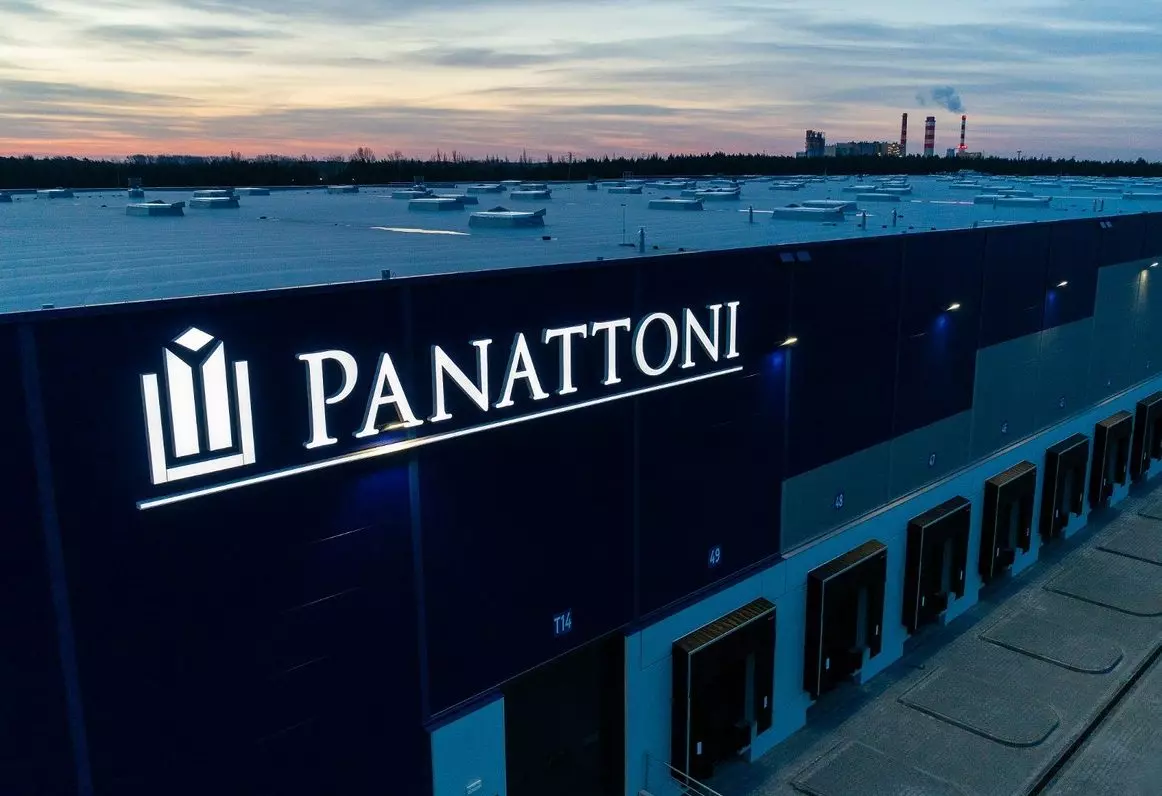
Panattoni, the European arm of Panattoni Development Company, has been one of the most active players in the logistics market in the past four years. The developer has delivered approximately 2m sq m (21.5m sq ft) of warehouse space across the continent and invested €5.5bn of capital. Last week, Panattoni marked its debut in the Asian markets with the opening of its first operational headquarters in India. Panattoni India aims to launch two to three projects by the end of 2023 involving an initial investment of €193m.
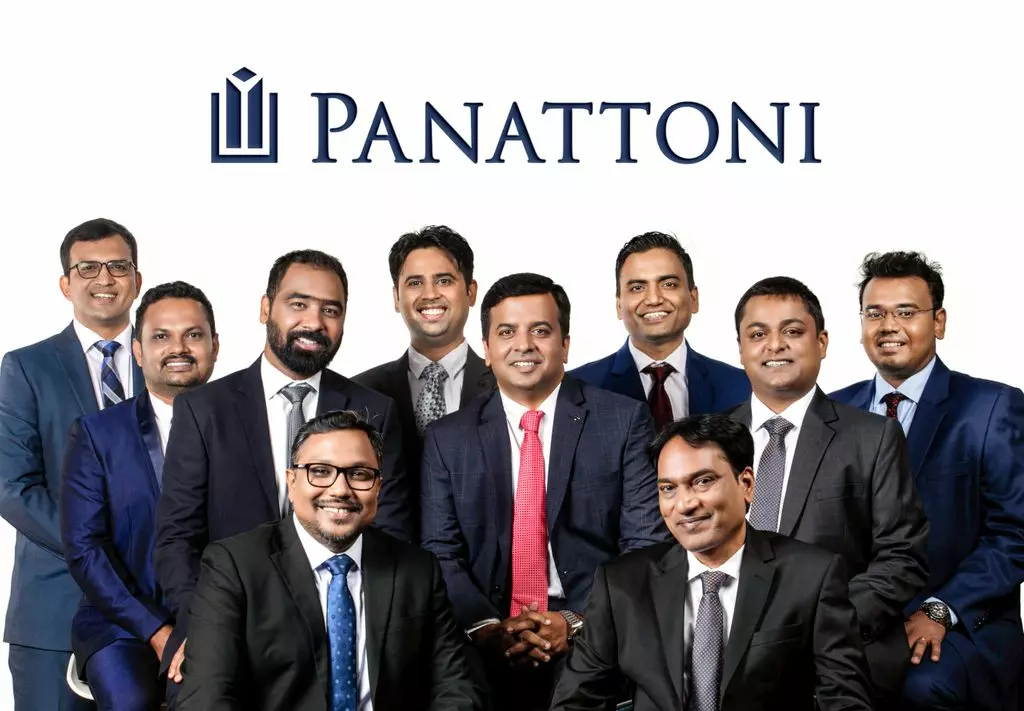
React News sat down with Robert Dobrzycki, CEO and co-owner of Panattoni Europe and India, to discuss Panattoni’s plans for Asia. Before leading the EU business, industry veteran Dobrzycki led the company’s Central and Eastern European operation, which he set up in 2005.
What’s the reasoning behind your debut in India?
We are expanding fast around Europe, and we’ve covered most geographies we would like to cover on the continent. While speaking to our clients, we felt that some of our clients were asking us if we could go to India and try to help them there. So that was the push, the initial push.
Then we started to analyse, and we realised – we were aware before there is a vast place, but we have not been aware that it’s so undeveloped logistic-wise. Looking at it from the long-term perspective, we feel it’s a lifetime opportunity that could potentially be an amazing play for us.
So we were pushed by the clients, then we figured that probably somebody like us is missing there in terms of production of space. We have space producers, and it’s needed.
So we felt that even if it’s a bit less developed at this stage and maybe less mature, we’ll have excellent opportunities in the long run if we spend the time and resources and do it right.
Can you reveal a bit more about Panattoni’s funding model for the Asian business?
The current funding model that we have is not changing in Asia, so we will be partnering with either global, international or local capital partners that we have to serve the clients that we have. So that’s the model.
We won’t be setting up funds. We won’t be setting up club deals. We will work with the global capital partners we have right now to explore the local opportunities. And that’s the plan in India.
Would the strategy be attractive to Asian investors or do you expect to draw more investment from Europe?
I would say both. The initial discussion we have is with Asian investors, European investors, and US investors. So we are not limiting ourselves.
What we try to bring to the table in India is global capital and a client platform, and we do it with the local expertise that we have on the ground that we have put together already.
We will try to match our global capital appetite in India, link the clients we have, and explore how much we can do based on that.
Will you be looking to buy income-producing assets as well as developing from the ground up?
We have a strategy. We are a development company, so our core strategy is development. If it’s at the same time, there are income-producing assets, and there’s an element of value add, we would also look at them, but the primary strategy is development.
We’ll probably start with a speculated development that we want to set up ourselves first, and then based on that, we’ll start chasing business opportunities and delivering for the clients.
How does the pricing compare to other markets?
It’s a different model regarding the yields or the construction costs, but the trends are the same.
The construction costs differ from what we see in matured markets in Europe. Yields are at much higher levels, and that’s explainable. It’s an early stage for the market.
“Looking at the market in terms of population versus the stock, it’s incredible how much has to happen there to serve the population”
So, looking at the market in terms of population versus the stock, it’s incredible how much has to happen there to serve the population.
Is the tight pricing in Europe a contributing factor for you looking to diversify geographically?
I wouldn’t say we are price driven. We are opportunity driven. So we feel India is behind in terms of stock needed for the population. And that was, for us, that was extremely attractive.
Being a producer and a developer of space, we felt like there was so much for us to do. And even in Europe, there’s so much more for us to do. Though Europe and the US markets are much more mature, there are still plenty of things to build.
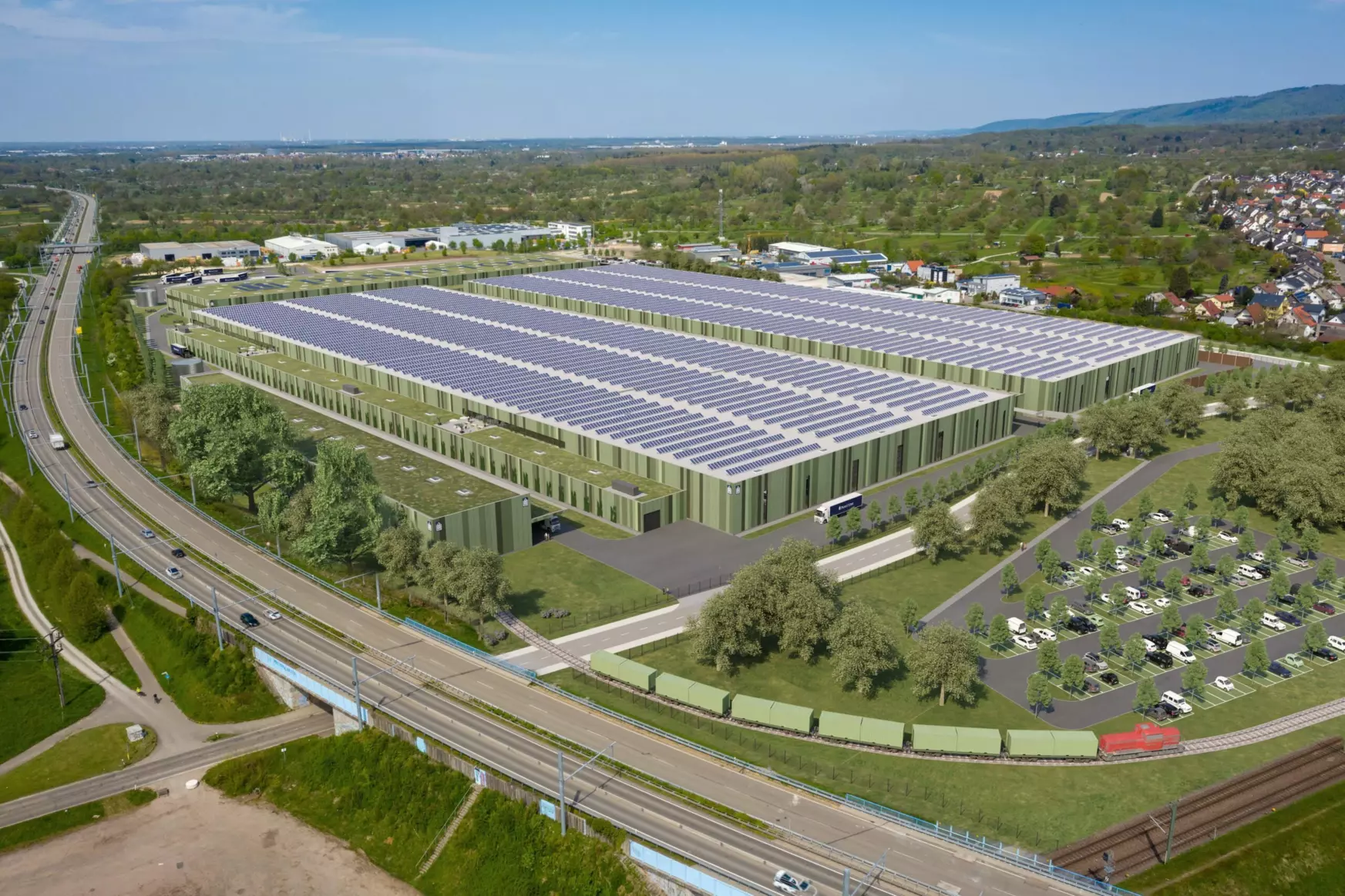
Panattoni is to build a 130,000 sq m Mercedes-Benz factory in Germany
Is the logistics sector in India following the same trends that you have seen overseas?
The trends are the same, but what’s different is that most of the stock, which is currently available, is B plus, C plus, and in poor conditions. So that’s different, but the trends are the same.
What are Panattoni’s long-term plans in Asia?
I would say probably at this stage, and where the market is going right now with a slowdown due to concerns about inflation and a potential recession, we would probably stop thinking about the next targets.
We are focusing on what we have on our plate, which is a lot. We’ve expanded substantially in Europe and into one of the largest countries globally, India. We have enough to work on.
To what extent do you think the market in Europe has weakened over the last two months?
“The capital side is very cautious right now, and it’s trying to figure out new pricing levels, yield-wise and construction cost-wise”
The capital side is very cautious right now, and it’s trying to figure out new pricing levels, yield-wise and construction cost-wise. I would say it’s a transition period where the capital is probably a bit hesitant to jump in and invest, but, selectively, it’s happening. Demand-wise, though it slowed down a bit, it’s still quite strong.
E-commerce is probably having a bit of a slow down because the growth was enormous during the Covid-19 time. But, nearshoring and the trends of getting the supply chains more resilient rather than efficient and getting products closer to the consumer are happening in a strong way.
Demand-wise it’s quite an active market but with the cost of capital and rents going up, higher construction costs and inflation, I’m quite sure demand would slow down.
Are you concerned at all and does this impact your strategy in any way?
Yes, absolutely. We are adjusting pricing and our models to reflect higher construction cost and different yield parameters.
We are assuming growth, but not so strong, so we are a bit more intense in our thinking. And so, I guess that’s the adjustment we do. We always watch the cost, but now we watch much more closely than before.
